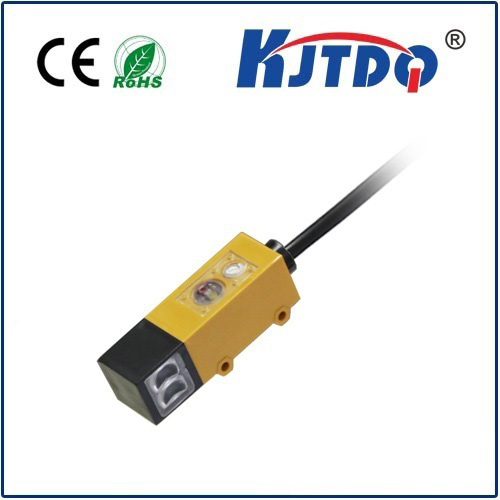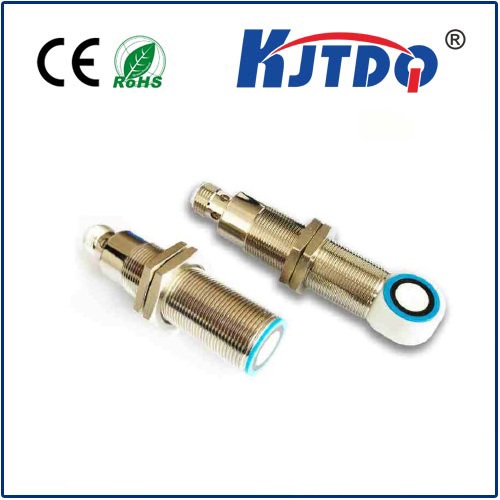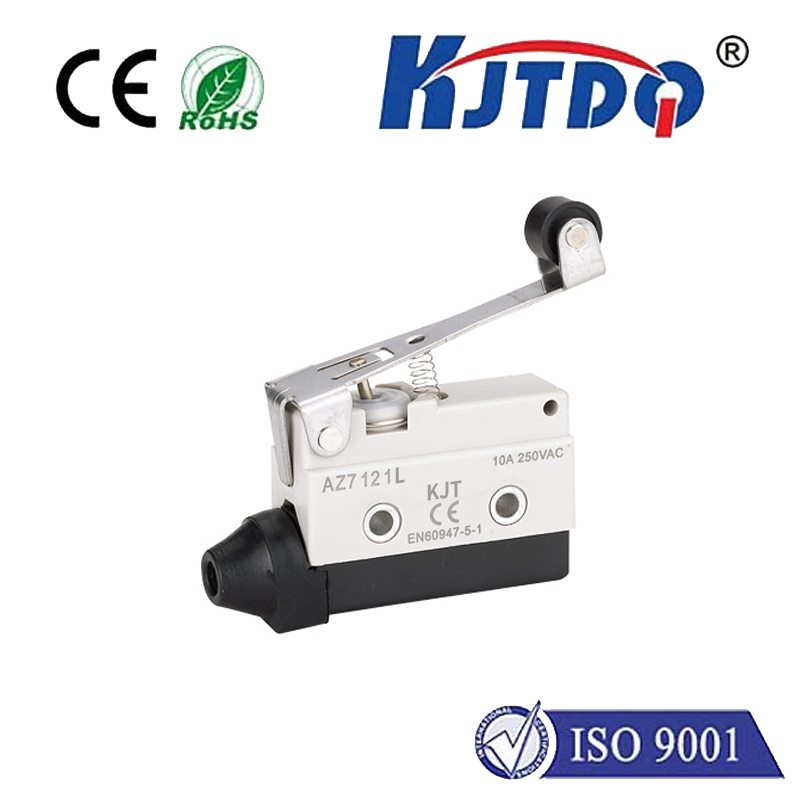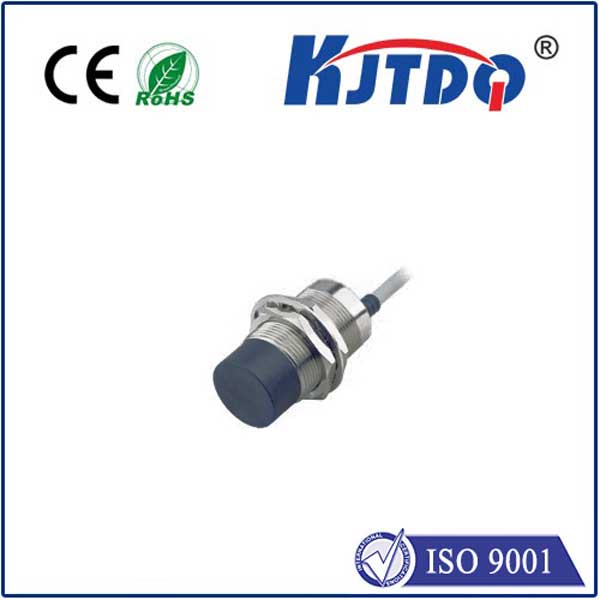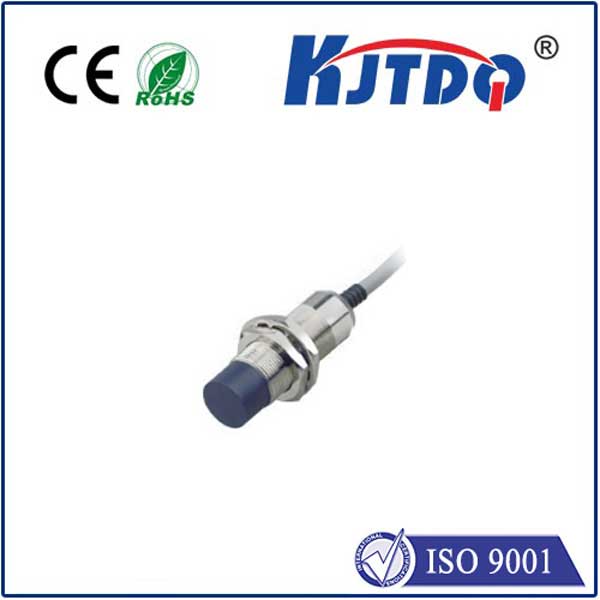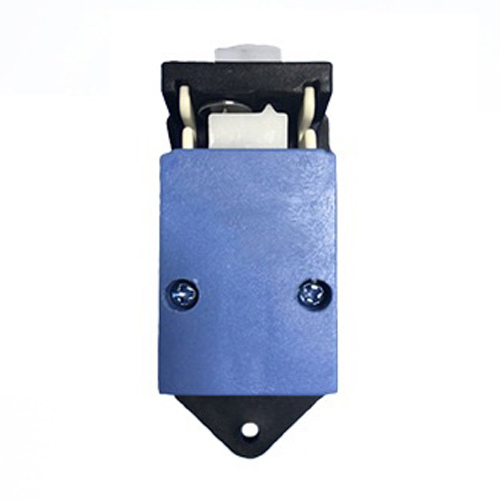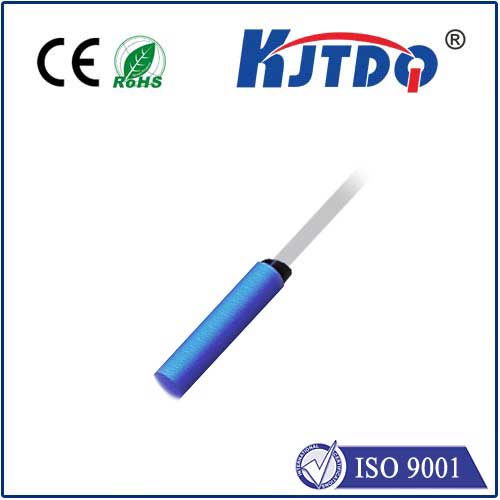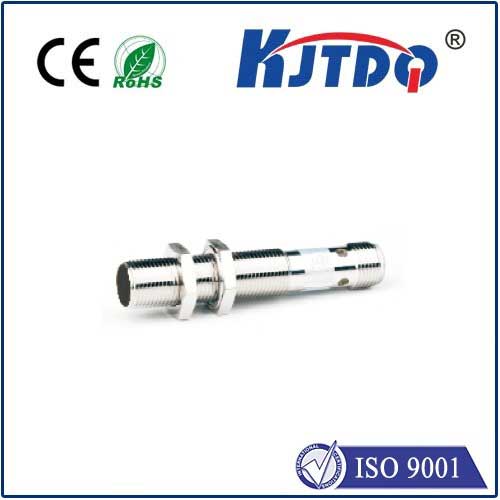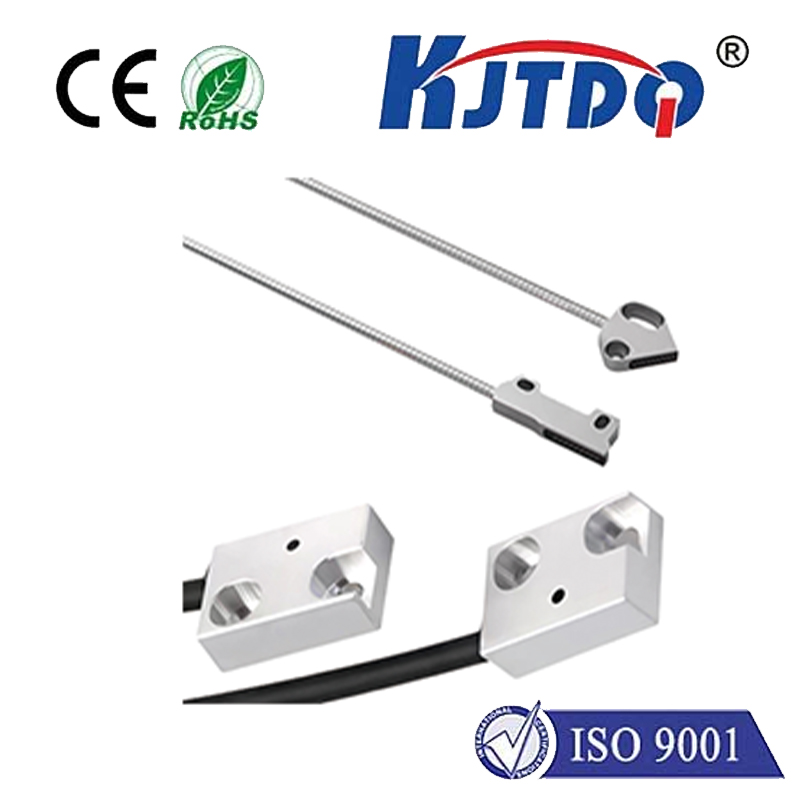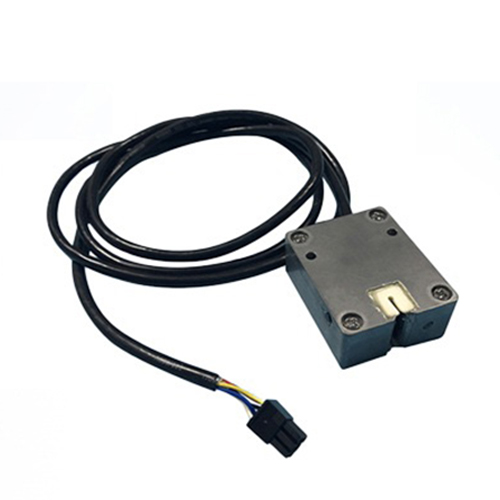Электрический ограничитель
- time:2025-07-30 16:47:53
- Нажмите:0
The Essential Guardian: How Electrical Limit Switches Safeguard Automation
Imagine intricate machinery operating at high speed, precision robotic arms assembling delicate components, or massive garage doors reliably stopping at exactly the right height. What prevents catastrophic collisions, ensures flawless positioning, and acts as the silent sentinel for countless automated processes? The answer often lies in a deceptively simple yet indispensable component: the Электрический ограничитель. Far more than just an “on/off” device, these workhorses are fundamental to safety, control, and precision in modern engineering.
An electrical limit switch is a type of sensor primarily used for position detection and establishing end-of-travel limits for moving parts. Its core function is straightforward: it detects the presence or absence of an object (its actuator) and translates that physical event into a definitive electrical signal. This signal acts as a crucial input to control systems, machinery controllers (PLCs), or safety circuits, telling them “Stop here,” “Start there,” or “Proceed only when safe.”
Decoding the Mechanism: How Does it Work?
At its heart, an electrical limit switch contains electrical contacts – either normally open (NO) or normally closed (NC) – housed within a robust body. An external actuator (like a roller lever, plunger, or whisker) protrudes from this body. When the moving part of the machine comes into contact with this actuator:

- Physical Interaction: The target object (e.g., a machine carriage, door panel, or robot arm) presses against the switch’s actuator.
- Mechanical Action: This force triggers an internal mechanical linkage – often a precise spring mechanism.
- Electrical Change: The mechanical movement instantly changes the state of the internal electrical contacts. A normally open (NO) contact closes to complete a circuit, while a normally closed (NC) contact opens to break a circuit.
- Signal Transmission: This change in contact state sends a clear, unambiguous electrical signal (high/low voltage, open/closed circuit) to the connected controller. This signal is the critical input used to halt movement, initiate a sequence, activate a warning, or confirm safe positioning.
This reliable physical-to-electrical conversion is why they remain preferred in many harsh or demanding environments where alternatives like proximity sensors might struggle.
Exploring Common Varieties: Matching Form to Function
The versatility of electrical limit switches stems from diverse actuator designs, each suited to specific detection needs and installation constraints:
- Lever Arms: Perhaps the most iconic, featuring arms (straight, roller, or whisker types) that pivot. Ideal for sensing objects moving perpendicularly or at an angle. Roller tips minimize wear and handle sliding contact well. They offer significant adjustability.
- Plungers (Push Rods): Activated by direct linear force pushing the plunger head. Excellent for precise point detection or applications requiring minimal over-travel. Often feature spring-return mechanisms.
- Rotary: Designed to detect rotational movement or angular position, triggered by a cam or other rotating part.
- Forked Lever: Creates a gap for objects to pass through, triggering the actuator when the gap is filled. Useful for counting or detecting the presence of specific shapes.
Where the Essential Work Gets Done: Key Applications
You’ll find electrical limit switches tirelessly performing critical tasks across countless industries:
- Промышленная автоматизация: Defining the safe travel limits for machine slides, robotic arms, CNC machines, and assembly lines. Ensuring tools retract or presses stop before causing damage.
- Перевозка материалов: Controlling conveyor starts/stops, confirming gate positions, and detecting pallet presence in automated storage systems.
- Door & Gate Control (Industrial/Commercial): Establishing the fully open and fully closed positions for overhead garage doors, industrial gates, and elevator doors, ensuring safe operation and preventing crushing hazards.
- Safety Interlocking: Serving as integral components in safety circuits. For example, confirming a safety guard is securely closed (door interlock switch) before dangerous machinery can operate, providing fail-safe operation.
- Position Feedback: Providing simple, reliable confirmation that a component has reached its intended position within a sequence.
- Transportation: Used in trains, vehicles, and aircraft for tasks like landing gear position confirmation, door status, and access panel monitoring.
Why They Remain Indispensable: Key Advantages
Despite the rise of other sensing technologies, electrical limit switches offer unique benefits ensuring their continued relevance:
- Robustness & Durability: Engineered to withstand harsh environments – dirt, dust, moisture, vibration, and temperature extremes – far better than many electronic sensors. Their physical actuation is inherently resistant to interference from electromagnetic noise or lighting conditions.
- High Precision & Repeatability: Offer extremely accurate positioning due to minimal overtravel requirements and a clearly defined actuation point. This makes them ideal for applications demanding tight tolerances.
- Simplicity & Cost-Effectiveness: Mechanically straightforward and generally less expensive than sophisticated proximity or optical sensors. Their operation is easy to understand and troubleshoot.
- Direct Switching Capacity: Can often switch control power (relays, solenoids, motors) directly without needing an additional interface module, simplifying system design. Handle higher currents than most solid-state sensors.
- Clear Physical Indication: Many models feature visual indicators (flags) showing the contact state, aiding in manual setup and troubleshooting.
- Многогранность: Available in countless configurations, ratings (IP ratings for ingress protection), and switching capabilities (AC/DC, voltage/current ratings) to suit a vast array of applications.
Selecting the Right Switch: Critical Considerations
Choosing the optimal Электрический ограничитель demands careful evaluation:
- Actuator Type: Match the actuator (lever, plunger, etc.) to the motion and force direction of the target object.
- Electrical Rating: Ensure the switch’s voltage and current ratings (for both power and signal) match the load it needs to control.
- Environmental Conditions: Consider temperature extremes, exposure to dust/dirt, moisture (IP rating), chemicals, and vibration levels.
- Overtravel & Pretravel: Understand the mechanical movement required to actuate the switch and the movement beyond the actuation point possible without damage.
- Durability (Life Expectancy): Evaluate the expected number of operating cycles (mechanical and electrical) required. High-cycle applications demand robust switches.
- Mounting:

